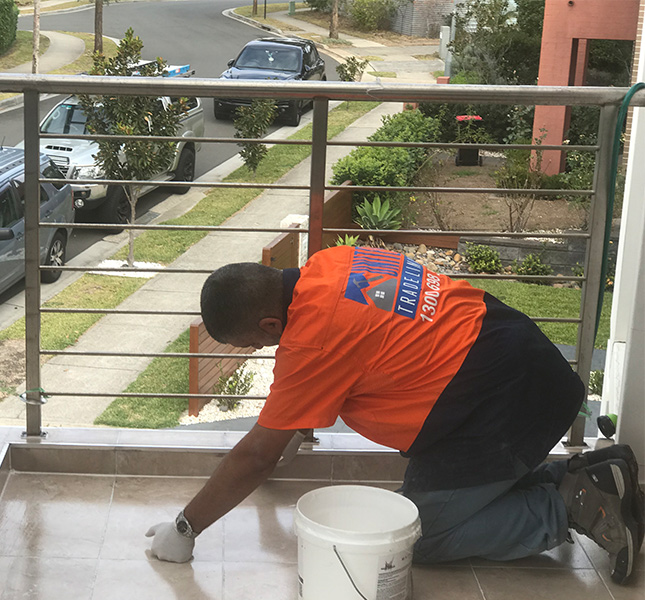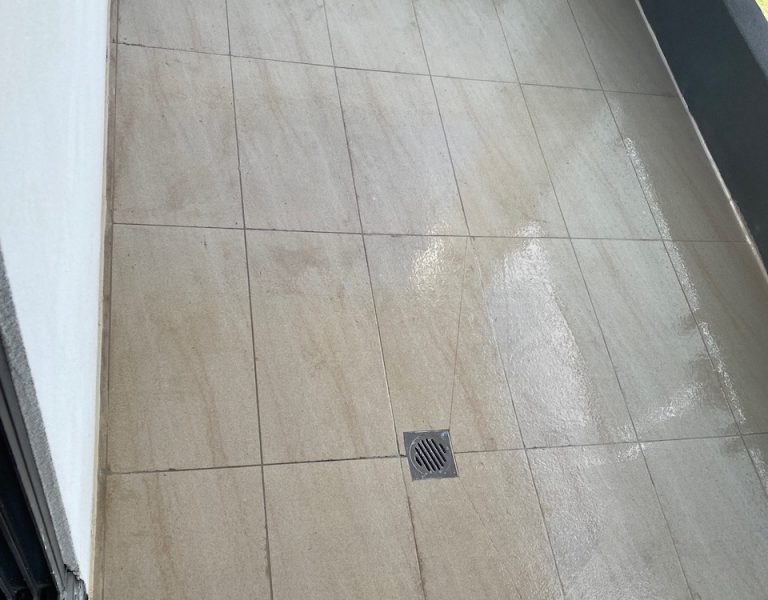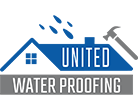
Leaking Balcony: Causes, Detection, and Solutions
Introduction
A leaky balcony can be a homeowner’s worst nightmare, causing water damage, structural concerns, and even jeopardising the residents’ safety. If you have a leaky balcony, it is critical to identify the causes, notice the problem early, and investigate viable solutions. This article aims to offer you with detailed information about leaky balconies so that you may take appropriate action and protect your property.
Causes of a Leaking Balcony
1. Faulty Waterproofing
Inadequate or poor waterproofing is one of the most common causes of a leaky balcony. Waterproofing is an important phase in the building or remodelling of a balcony because it creates a barrier against water incursion. Water can infiltrate through cracks or gaps in the waterproofing membrane if it is put incorrectly, damaged, or deteriorates over time.
2. Improper Drainage
Another typical source of balcony leaks is insufficient or poor drainage. A well-designed balcony should have a good slope or gradient that allows water to drain away from the surface. Water may build and pool on the balcony if the slope is insufficient, increasing the risk of leaks. Drainage systems that are clogged or poorly maintained might also contribute to balcony leaks by preventing water from draining properly.
3. Cracks and Gaps
Natural settling, temperature variations, and structural movement can all cause cracks and gaps in the balcony structure over time. These apertures serve as a point of entrance for water, which can enter the balcony and cause leaks. To prevent water penetration, inspect your balcony on a regular basis for evidence of cracks or gaps and address them as soon as possible.


Detecting a Leaking Balcony
1. Visible Water Stains or Dampness
Visible water stains or wetness on the ceiling or walls beneath the balcony are frequently indicators of a leaking balcony. These stains may manifest as dark spots or discolouration and will worsen over time if not addressed promptly. Inspect the interior of your house on a regular basis, especially sections directly beneath the balcony, for signs of water damage.
2. Mold or Mildew Growth
Excess moisture from a leaking balcony can provide a breeding ground for mould and mildew. A musty odour or black or greenish areas of mould on the walls, flooring, or ceiling could indicate a leaking balcony. Mould growth not only ruins your property, but it can also endanger the health of the residents. As a result, it is critical to address the problem as soon as possible and resolve the underlying leak.
3. Deteriorating Balcony Surface
Water damage can be indicated by a decaying balcony surface, such as peeling paint, broken tiles, or crumbling concrete. When water penetrates the balcony construction, components erode, resulting in evident indicators of damage. Inspect the condition of your balcony surface on a regular basis for any changes or damage that could suggest a leak.
Solutions for a Leaking Balcony
1. Repairing or Reapplying Waterproofing
If your balcony’s waterproofing membrane is broken or improperly installed, it must be repaired or reapplied. Consult a competent waterproofing contractor to determine the amount of the damage and offer the best way of restoration. To establish a watertight seal, they may need to remove the current membrane, repair any cracks or holes, and install a new
2. Improving Drainage
Consider making necessary changes to the balcony’s slope or gradient to remedy poor drainage. A competent contractor can evaluate the current drainage system and make necessary changes to ensure adequate water flow. Additional drainage channels, gutter systems, or downspouts can also help move water away from the balcony surface, lowering the danger of leaks.
3. Sealing Cracks and Gaps
If the balcony is leaking due to cracks or gaps, these should be filled immediately to prevent further water infiltration. A contractor may employ specialised sealants, epoxy injections, or structural modifications to effectively seal the openings, depending on the severity of the damage. Regular maintenance and inspection can aid in the detection and correction of cracks and gaps before they worsen.
4. Regular Maintenance
Balcony leak prevention necessitates proactive maintenance. Inspect your balcony on a regular basis for symptoms of damage, such as cracks, loose tiles, or decaying surfaces. Maintain a clean balcony free of clutter that could obstruct drainage or create water pooling. Address any faults you find as soon as possible to prevent minor difficulties from growing into serious leaks.
5. Professional Assistance
It is best to get professional help in complex circumstances or when many causes contribute to the balcony leak. Waterproofing experts and balcony repair contractors can provide unique solutions based on your individual situation. They have the experience, abilities, and equipment to effectively diagnose and repair leaks, assuring the long-term integrity of your balcony.
Conclusion
If left unattended, a leaky balcony can cause substantial damage to your property. You can safeguard your property and preserve a safe living environment by recognising the common causes of balcony leaks, detecting early indicators of water damage, and applying effective fixes. Taking prompt action can help you resolve balcony leaks and prevent future difficulties, whether it entails restoring waterproofing, increasing drainage, sealing cracks, or getting professional assistance. Remember that regular maintenance and preventative actions are critical to the longevity and functionality of your balcony.


